Evaluation of Different Sudan Dyes in Egyptian Food Samples Utilizing Liquid Chromatography/Tandem Mass Spectrometry
A sensitive and a precise method was developed for the quantification of different Sudan dyes in some Egyptian food samples. They were analyzed utilizing two-fragment ion transition under multiple reaction monitoring (MRM) mode. Separation was carried out on Kinetex 2.6u C18 100 A (75 mm × 4.6 mm) phenomenex using isocratic elution with 10:90% water and acetonitrile containing 2.0 mmol/L ammonium formate and 0.2% formic acid. The validation parameters were obtained and verified. The linearity was 0.2–10.0 ng/mL with r2 > 0.9975. LOD and LOQ were 0.06 and 0.19 ng/mL, respectively, for Sudan (I
Chitosan and EDTA conjugated graphene oxide antinematodes in Eggplant: Toward improving plant immune response
A new strategy regarding the fabrication of chitosan (CS) or ethylene diamine tetraacetic acid (EDTA) on graphene oxide (GO) was performed. The nematocidal potential against Meloidogyne incognita causing root-knot infection in eggplant was tested. The plant immune response was investigated through measuring the photosynthetic pigments, phenols and proline contents, oxidative stress, and antioxidant enzymes activity. Results indicating that, the treatment by pure GO recorded the most mortality percentages of M. incognita 2nd juveniles followed by GO-CS then GO-EDTA. In vivo greenhouse
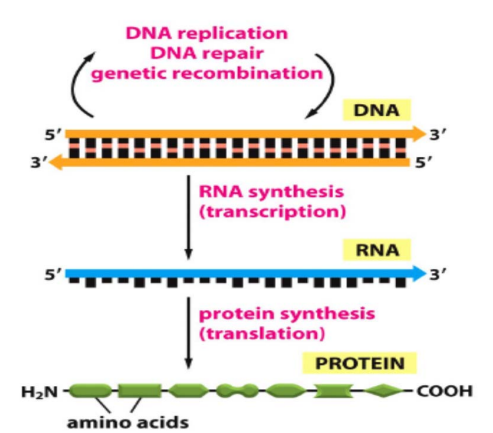
Mathematical analysis of gene regulation activator model
This paper presents a complete analysis of the mathematical model of the gene regulation process. The model describes the induced gene expression under the effect of activators. The model differential equations are solved analytically, and the exact solution of the gene model is introduced. Moreover, a study of the model dynamics, including the fixed points and stability conditions are presented. The parameters effects on the phase plane portraits and the transient responses of the mRNA as well as the protein concentrations are intensively detailed. This work serves as a brick stone towards a
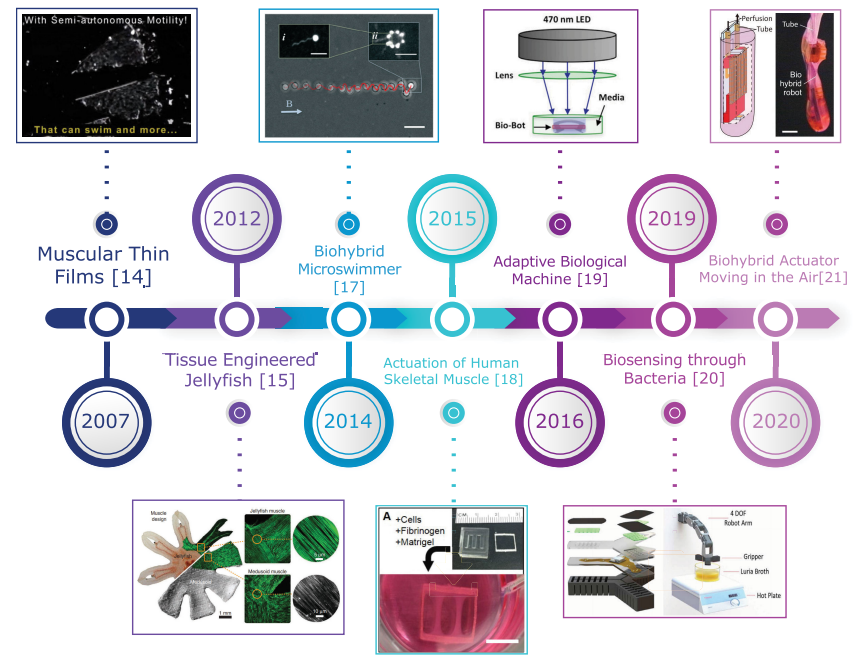
Biohybrid soft robots, E-skin, and bioimpedance potential to build up their applications: A review
Soft Robotics is a new approach towards better human-robot interaction and biomimicry in the robotics field. Its integration with biological materials (Biohybrid soft robotics) is one of the topics being focused on in the soft robotics research in the last fifteen years. The motive for this approach is to combine the best of biological and artificial systems. In this article, Biohybrid soft robots and Electronic Skin (E-skin), which is considered one of the advances of soft robotics, are reviewed. Their most significant milestones and the highlights of their most researched applications are
Simple implementations of fractional-order driving-point impedances: Application to biological tissue models
A novel procedure for the circuit implementation of the driving-point impedance of frequency-domain material models, constructed from fractional-order elements of arbitrary type and order, is introduced in this work. Following this newly introduced concept, instead of emulating separately each fractional-order element in the model under consideration, the direct emulation of the complete model can be achieved through the approximation of the total impedance function. The magnitude and phase frequency responses of the impedance function are first extracted and approximated through curve-fitting
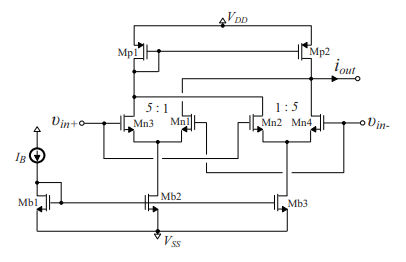
Design of fractional-order differentiator-lowpass filters for extracting the R peaks in ECG signals
An implementation of a fractional-order differentiator-lowpass filter is presented in this work, which is constructed from Operational Transconductance Amplifiers as active cells. This offers the benefits of electronic tuning and, also, of monolithic implementation. The presented scheme has been employed for the extraction of the R peaks in electrocardiogram signals due to its efficiency for performing this task even in a noisy environment. The provided post-layout simulation results confirm the correct operation of this solution as well as its reasonable sensitivity characteristics. © 2019
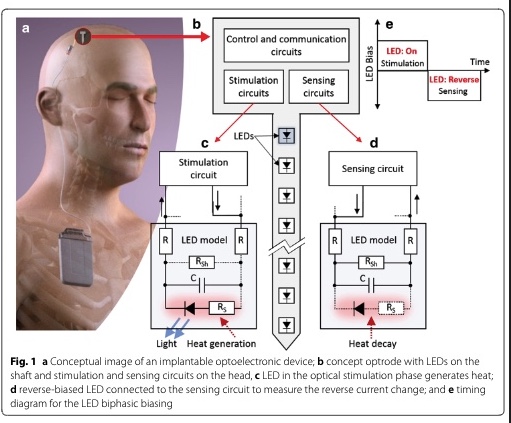
A current-mode system to self-measure temperature on implantable optoelectronics
Background: One of the major concerns in implantable optoelectronics is the heat generated by emitters such as light emitting diodes (LEDs). Such devices typically produce more heat than light, whereas medical regulations state that the surface temperature change of medical implants must stay below + 2 °C. The LED's reverse current can be employed as a temperature-sensitive parameter to measure the temperature change at the implant's surface, and thus, monitor temperature rises. The main challenge in this approach is to bias the LED with a robust voltage since the reverse current is strongly
Coagulation/flocculation process for textile mill effluent treatment: experimental and numerical perspectives
This study investigates the feasibility of applying coagulation/flocculation process for real textile wastewater treatment. Batch experiments were performed to detect the optimum performance of four different coagulants; Ferric Sulphate (Fe2(SO4)3), Aluminium Chloride (AlCl3), Aluminium Sulphate (Al2(SO4)3) and Ferric Chloride (FeCl3) at diverse ranges of pH (1–11) on the removal of chemical oxygen demand (COD), total suspended solids (TSS), colour, total nitrogen (TN) and turbidity from real textile wastewater. At pH 9, FeCl3 demonstrated the most effective removal for all studied
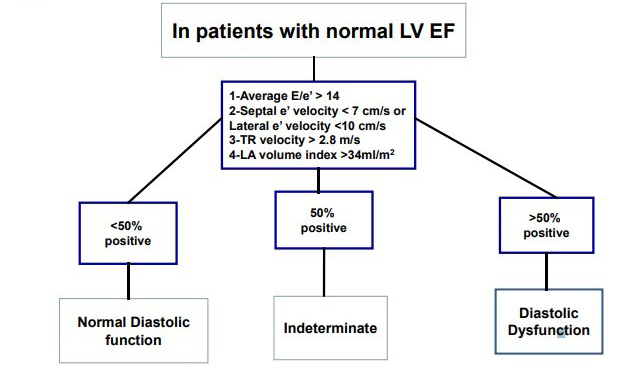
Left ventricular diastolic function in type 2 diabetes mellitus is associated with myocardial triglyceride content but not with impaired myocardial perfusion reserve
Purpose: To study myocardial perfusion reserve and myocellular metabolic alterations indicated by triglyceride content as possible causes of diastolic dysfunction in patients with type 2 diabetes mellitus, preserved systolic function, and without clinically evident coronary artery disease. Materials and Methods: Patients with type 2 diabetes mellitus (n = 42) underwent cardiac magnetic resonance (CMR) for quantification of 1) myocardial contractility by strain-encoded MR (SENC); 2) myocardial triglyceride content by proton magnetic resonance spectroscopy ( 1H-MRS); and 3) myocardial perfusion
Combined effect of wind speed and covering irrigation canals on water quality parameters
Wind has a considerable effect on many water quality parameters. Some of the parameters are directly affected by the wind, while others are influenced by other physical water parameters like the velocity, temperature. etc. that are affected by wind and hence transfer their effect to water quality parameters. As the wind has an effect on water quality parameters, also covering waterways has a great effect on the water quality of those covered waterways. This is because covering a waterway alters the concentrations of its water quality parameters. This research is concerned with studying the
Pagination
- Previous page ‹‹
- Page 5
- Next page ››
